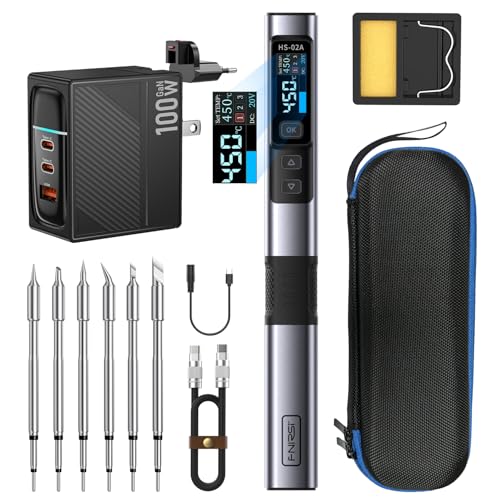That 10 uf rating on the 5Y3 is just a "CYA" spec. (cover your ass). Since the manufactures back then didn't know all the details of the circuits used, they pick a safe limit for a worst case scenario. Some of the circuits back then were transformerless, so they didn't have the secondary impedance of a transformer to limit things. Also, they did not know what RL was going to be, (total load of the circuit) .
In a guitar amp, there is much more current required. But in a mic pre, eq, limiter, there is substantially less current draw, so you could get away with much more capacitance.
A series resistor, say 10 ohms, is not a bad idea if your worried. But 5y3's are dirt cheap and plentiful, so don't sweat it. I think I have about 25 of them which I will surely never lived to see depleted.
I have run 100 uf on the 5Y3 with no problems.
The GZ has an indirectly heated cathode wich provides a slower warmup, and therefore it can handle more capacitance then the directly heated 5Y3.
This is why they are highly desired. I paid 100 bucks for a Mullard GZ34 (actually labeled RCA) for my Deluxe Reverb, but it sounds great and will last forever.
A champ is a single V6, maybe 30 ma max plus the preamp tubes, so tou won't need a ton of capacitance. Suprisingly, sometimes you can make a muscical amp sound worse by adding more capacitance. Especially guitar amps. So I would stick with the stock Fender value.



































